In 2025, the museum sector has witnessed significant transformations, with institutions worldwide embracing innovation and accessibility to enhance visitor experiences. A notable example is the V&A East Storehouse in London, which opened its doors to the public, offering unprecedented access to over 250,000 objects from the Victoria and Albert Museum's extensive collection. Unlike traditional museums, visitors are encouraged to touch many items and can even book one-on-one "Order an Object" sessions with specific artifacts, such as a 1954 Balenciaga gown or a Vivienne Westwood sweater. This initiative aims to engage local communities and promote transparency in museum practices.
In the United States, a significant boom in art museum construction and renovations has been observed. Approximately 90 new cultural projects were announced in North America last year, reflecting a surge in investments aimed at modernising galleries and enhancing visitor amenities. Institutions like the Joslyn Art Museum in Omaha and the Los Angeles County Museum of Art are undertaking major expansions to attract diverse and younger audiences. These developments are primarily funded by private philanthropy, echoing the Gilded Age museum foundations.
In Pittsburgh, the Heinz History Center has made history by offering free admission to all children under 18 permanently. This initiative, made possible by a generous $11.5 million donation, aims to make access to history more inclusive for young visitors. Additionally, the museum plans a major expansion of over 70,000 square feet, featuring a new orientation theater, classrooms, and exhibition space, further enhancing the educational experience.
Internationally, the Museum of Modern Art in Troyes, France, has reopened after extensive renovations that began in 2018. The museum now boasts improved displays, a redesigned bishop's garden with sculptures, and additional space for temporary exhibits. Its collection ranges from 19th-century works by Courbet and Rodin to Fauvist artists like Derain, Braque, and Dufy, highlighting the decorative over the religious and realistic modernism.
These developments underscore a global trend towards making museums more accessible, engaging, and responsive to the needs of diverse audiences, ensuring that cultural institutions remain relevant and vital in the 21st century.
